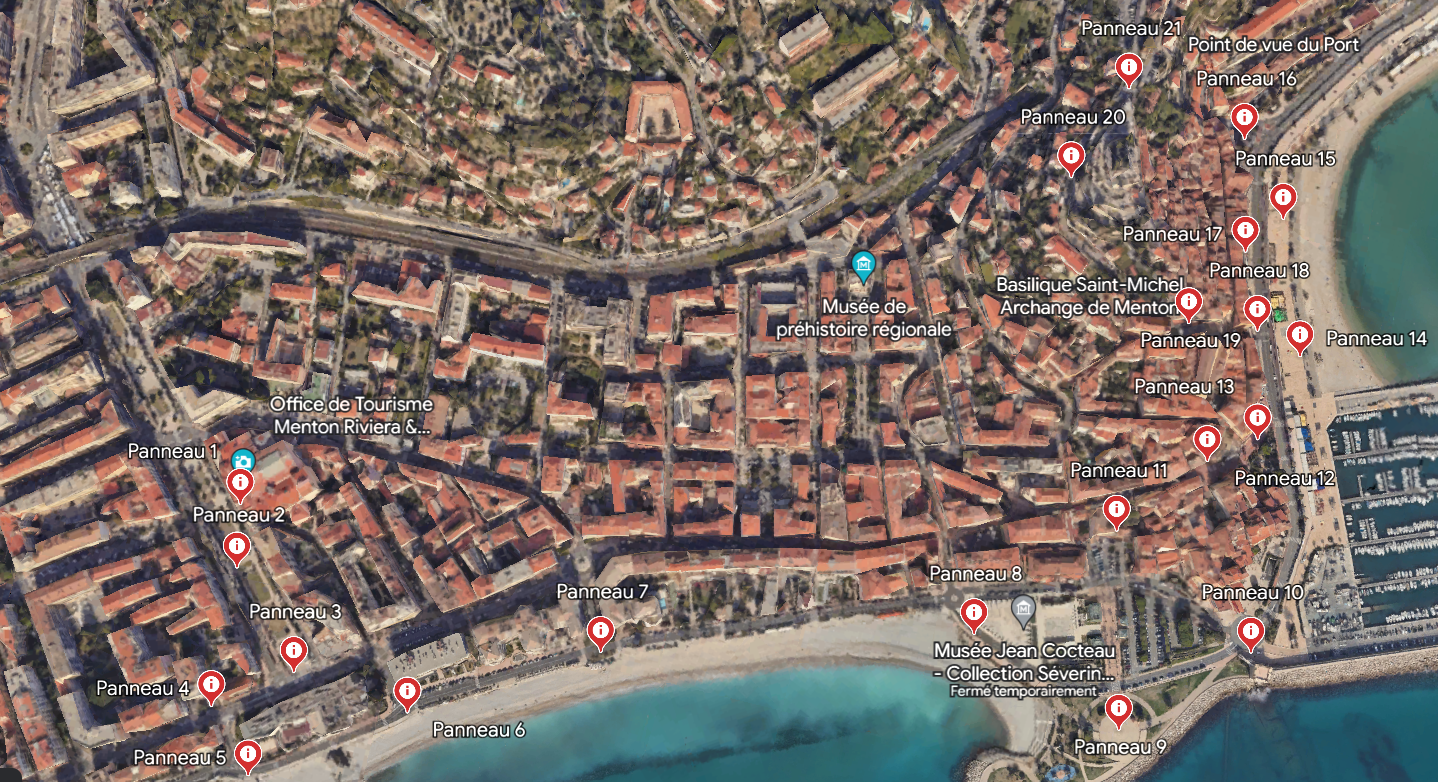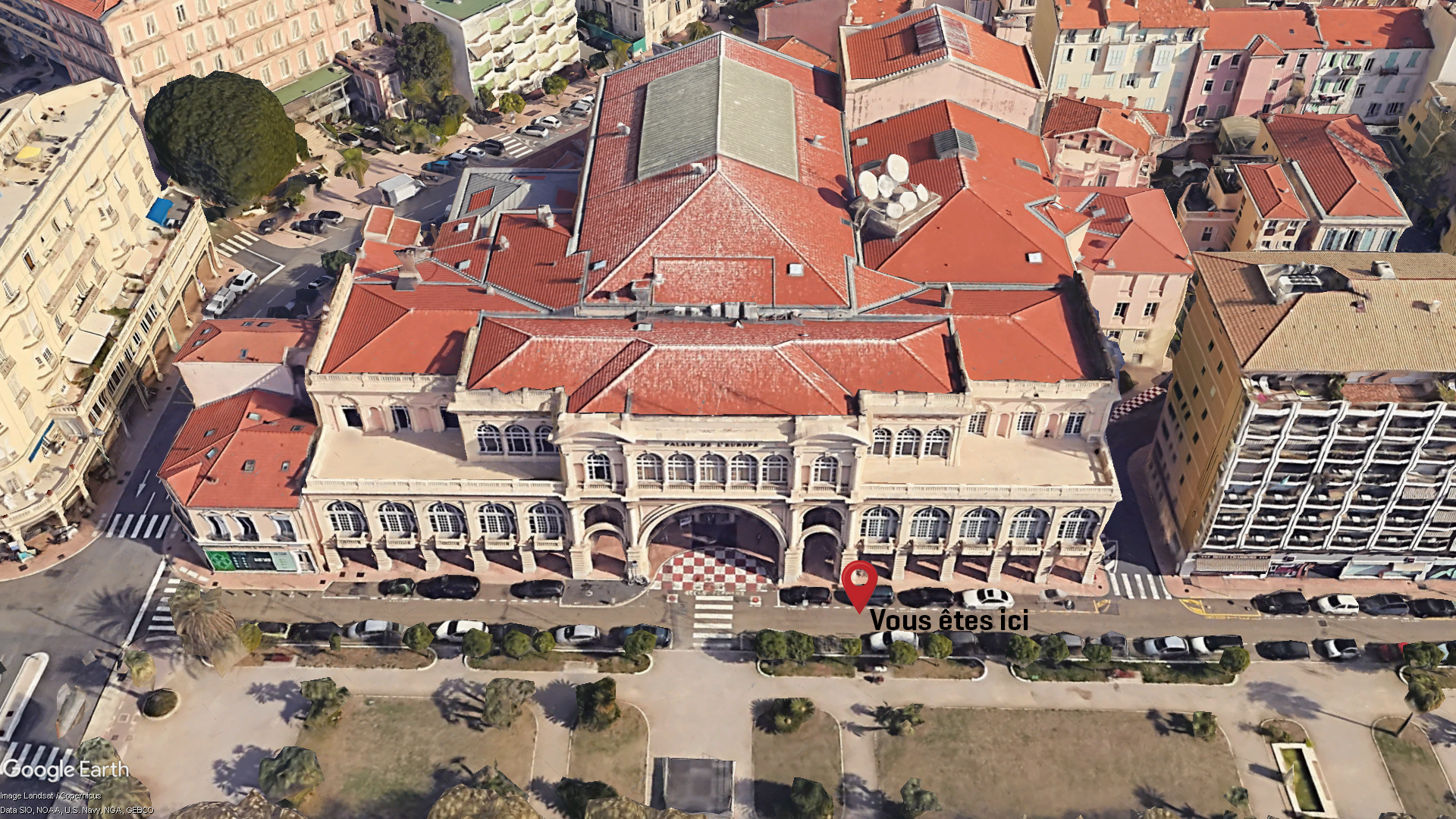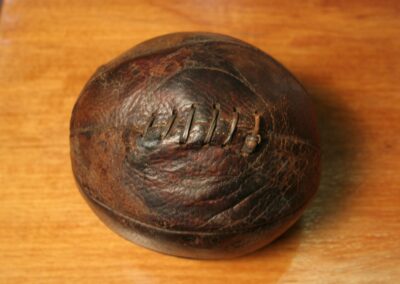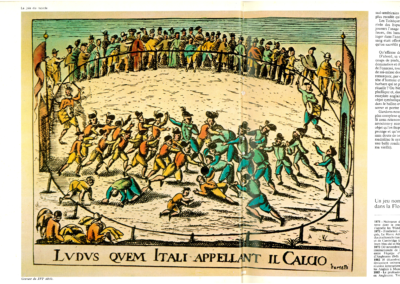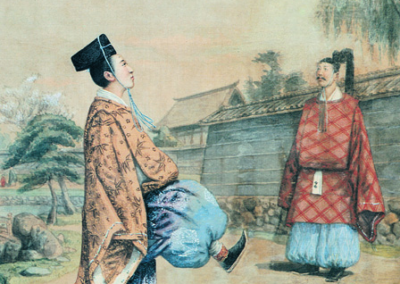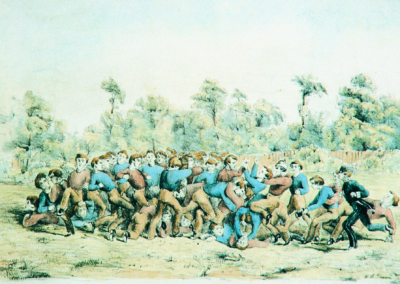1 - L'origine des jeux de balle

Version audio
Version texte
1 : L’origine des jeux de balle
La source possible de diffusion des jeux de ballon sous l’ancien empire romain, notamment en Italie, en France et en Grande-Bretagne, est un jeu de ballon appelé Sferomachia ou Episkyros par les Grecs anciens et Harpastum par les Romains.
En Europe, c’est en Italie qu’apparaît la plus ancienne forme de football documentée, le Calcio Fiorentino, identifié en 1491.
Le développement de la Soule au Moyen-Âge en France, notamment en Normandie, en Picardie, dans le Poitou et en Bretagne, est lui aussi bien documenté. L’un des héros de Rabelais, Gargantua, est dépeint comme nageur, escrimeur et joueur de Soule.
Dans les îles britanniques, les jeux de ballon sont évoqués pour la première fois dans les décrets royaux. En 1314, le roi est le premier à interdire le football, pour éviter de distraire les jeunes du tir à l’arc. Edward 3, Richard 2, Henry 4, Henry 8 et Élizabeth première ont eux aussi interdit le football.
Dans les îles britanniques, les jeux portaient des noms différents et étaient soumis à d’autres règles : hurling, camp-ball, foot-balle, caid notamment. Tous avaient en commun un ballon, petit ou gros, rond ou oblong, fait de vessie de porc, de bois ou de tissu ; et un objectif : le frapper ou le saisir et l’amener à un point donné appelé le but.

Audio version
Text version
1. Origin of ball games
The possible common source of the spread of ball games throughout the old Roman Empire, including Italy, France and Britain, is a ball game called Sferomachia and Episkyros played by the ancient Greeks and Harpastum played by the Romans.
In Europe, it is Italy where the oldest documented form of football, Calcio Fiorentino was identified in 1491.
The expansion of a game called La Soule during the Middle Ages in France, in Normandy, Picardy, Poitou and Brittany, is well documented. One of Rabelais’ heroes, Gargantua, is described as a swimmer, fencer and a player of Soule.
In the British Isles the earliest mention of ball games is in royal edicts. The first to ban football for distracting youth from the practice of archery was King Edward II in 1314. Football was banned again by Edward III, Richard II, Henry IV, Henry VIII and Elizabeth I.
Ball games in the British Isles had different names and rules: hurling, camp-ball, foot-ball, caid, etc. They all had in common the ball, small or large, round or oblong, made of a pig’s bladder, wood, or a textile material, and the desire to kick it, or seize and carry it through a fixed point, called the goal.

Versione audio
Versione testuale
1. Origine dei giochi con la palla
La possibile origine della diffusione dei giochi con la palla nell’antico Impero Romano (in particolare in Italia, Francia e Gran Bretagna) è un gioco con la palla chiamato Sferomachia ed Episkyros dagli antichi Greci e Harpastum dai Romani.
In Europa, la prima forma documentata di calcio appare in Italia, identificato nel 1491 con il nome di Calcio Fiorentino.
Anche lo sviluppo della soule nel Medioevo in Francia (Normandia, Piccardia, Poitou e Bretagna) è ben documentato. Uno degli eroi di Rabelais, Gargantua, è raffigurato come nuotatore, schermidore e giocatore di bocce.
Nelle isole britanniche, i giochi con la palla sono menzionati per la prima volta nei decreti reali. Nel 1314, il re fu il primo a vietare il calcio, in quanto voleva evitare che i giovani si distraessero dal tiro con l’arco. Anche Edoardo III, Riccardo II, Enrico IV, Enrico VIII ed Elisabetta I vietarono il calcio.
Nelle isole britanniche, i giochi avevano nomi e regole diverse: hurling, camp-ball, foot-ball, caid, ecc. Tutti avevano in comune una palla (piccola o grande, rotonda o oblunga, fatta di vescica di maiale, legno o stoffa) e un unico obiettivo: calciarla o prenderla e portarla in un determinato punto chiamato porta.
Plan
